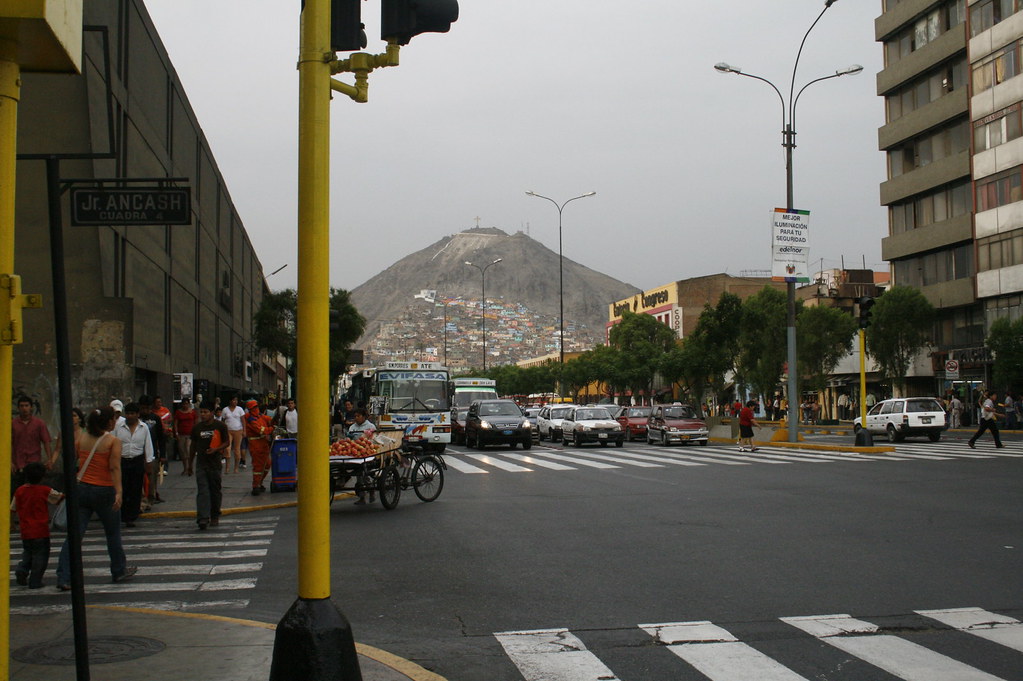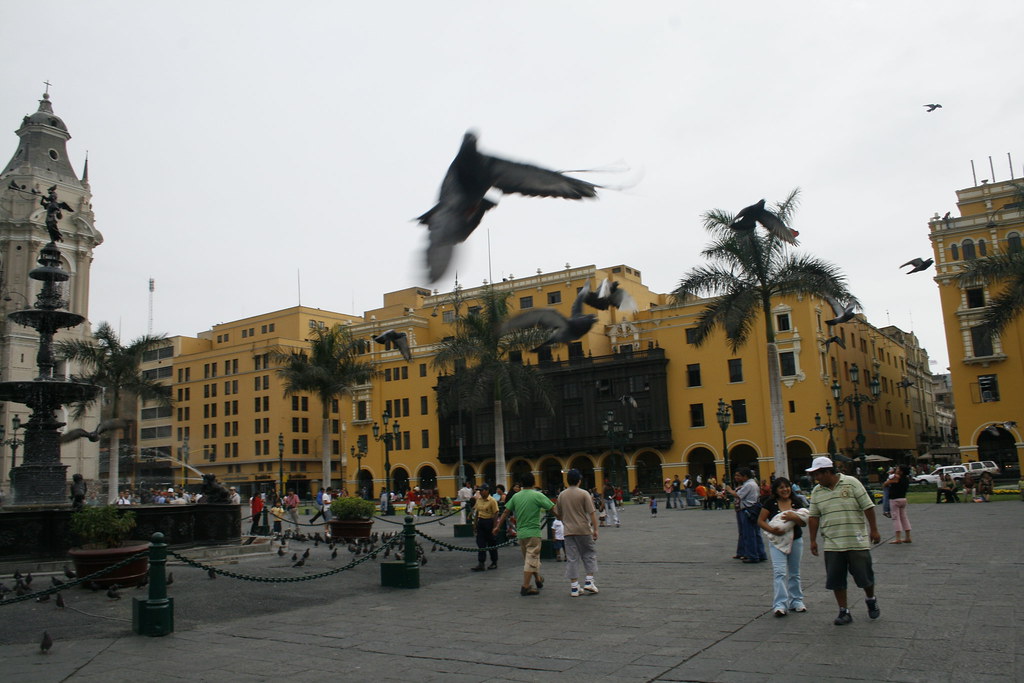




I reached Porto Alegre the 10th after taking a bus from Rio for 25 hours with Joana. Stopping along the way for gas I stared out the window seeing the landscape change from green and plush, to more green and rolling hills and mountains. Allot of farms, allot of favelas, and allot of beautiful amazing scenery. I had plenty of time to think on the way. I remember thinking back on Rio.
So let me take this opportunity to explain some logistics of how I plan this trip. I look for Ngo's organizations, grass-roots, civil society groups on sites like idealist.org and through my own activist network and look for contacts in each place to interview and document. By reaching out to organizations I made a contact who was a volunteer for an organization in Porto Alegre. Her name was Mellisa. We were supposed to stay in Porto Alegre for one night but when I got there and after spending a day there , it was clear this was the place I needed to be. There was a conference organized by the city of Porto Alegre to host the "World Conference on Developing Cities". It took place from the 13-16. I decided to change my plans and extend my time in Brasil and meet Joanna 5 days later.
The experience in Porto Alegre was very important for my lessons of Participatory Democracy, with seeing how it works, how it affects change, what types of energy and projects it was creating.
Porto Alegre, the capital city of the State of Rio Grande do Sol where approx 1,440,000 people live has been in a very central place for some developments of an alternative type of government . Participatory Democracy - a people's initiative to build a city and municipal government where citizens create councils based on themes and through the councils distribute the municipal budget is a new way of looking at relationships of people to participate directly in the budgeting process. How well has it worked? Well since implemented, access to water in the favelas, street lighting among other issues have seen amazing statistics for the better. In addition it has created an environment of engaged citizenry. Places where there is still not enough money, people have been empowered to change the dynamics and the social constructs they live with . I will tell you my experiences with both.
Demographically, Porto Alegre is a bit different from Rio. Its not as big in scale. There are allot of Italian , Lebanese and Asian immigrants. Gaucho culture is a big part many people's lives. It is inbed in centuries of rancher culture. You still see men ride horses around the city to collect garbage. You can find many people from Porto Alegre walking around with their Yerba Matte in their thermos and tea flasks. Recycling programs are main sources of income for many are run really well. Their is even a distinct Gaucho style which includes pants, cowboy hats, knives at side with high boots. Their culture is distinct to the south of Brasil and countrysides of Argentina and Uruguay. Much of it is also borrowed by indigenous Indian communities.


























